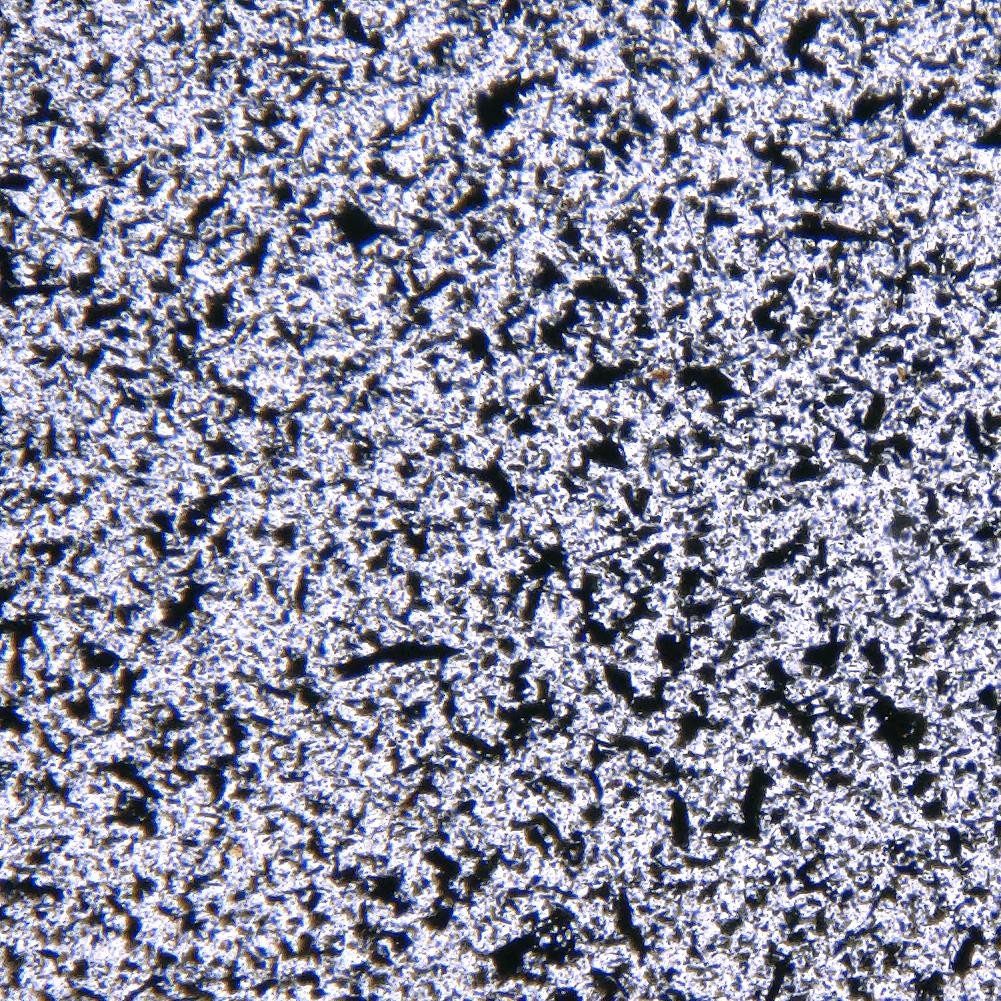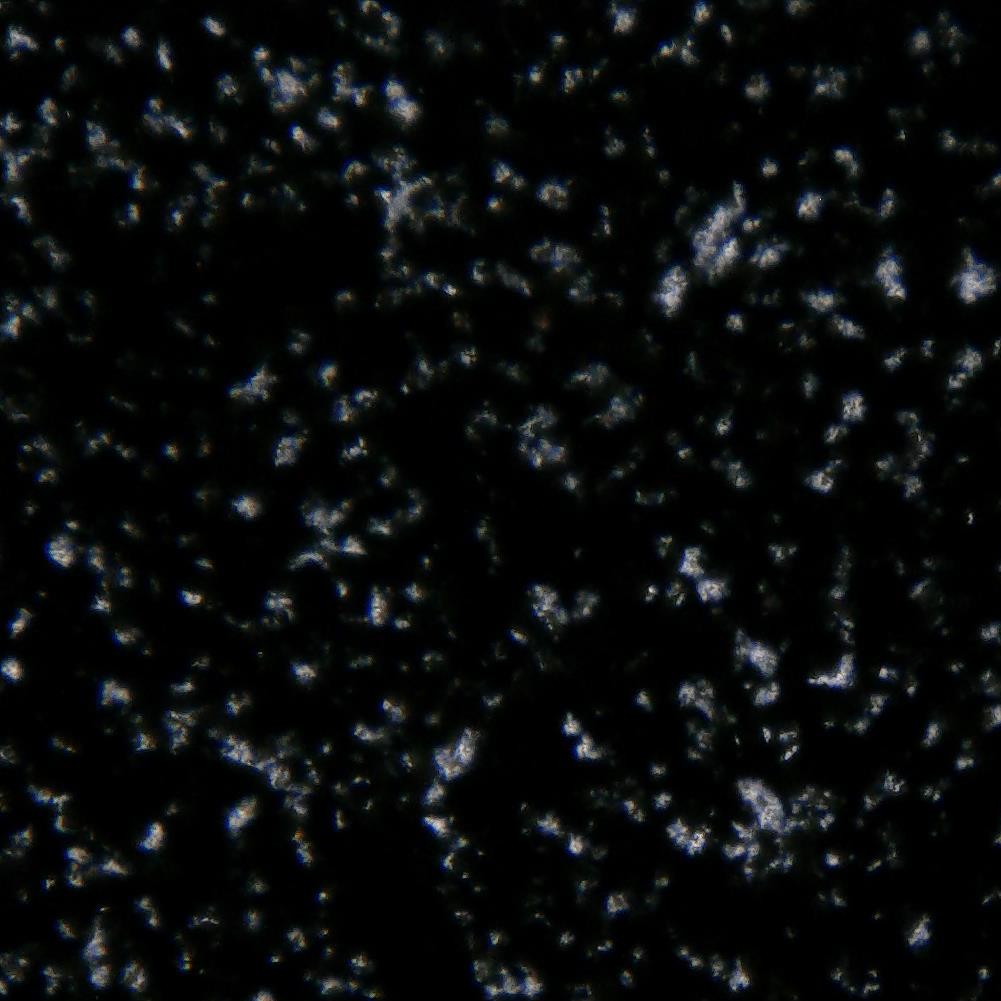ParticleTensorAI® is an innovative method for characterizing particles and flow behavior, currently in the validation phase. The concept was first introduced as a theoretical approach in 2015, published in [1], where light scattering signals were processed to enhance their quality. The first experimental validation took place in 2023 and was published in [2]. In this study, an ensemble of light scattering signals was analyzed to determine the average particle size and velocity – without the need for signal triggering, filtering, or bandwidth limitation. A more recent application, partially based on the ParticleTensorAI method, was published in [3], where it was used to estimate both the concentration and size of suspended particles in a base fluid.



The main advantage of ParticleTensorAI® lies in its unique signal processing approach: it requires no triggering, signal filtering, or bandwidth constraints when analyzing light scattering streams. Additionally, it employs convolutional neural networks (CNNs) to statistically map the physical properties of particles and flow dynamics with high precision.
This method can process continuous streams containing up to 40,000 individual light scattering signals. Processing occurs in semi real-time and begins once the signal buffer is filled. While ParticleTensorAI® shares some conceptual similarities with laser diffraction techniques, it operates on a fundamentally different principle. For instance, it does not require coherent light interaction. Further distinctions from laser diffraction techniques are detailed in [4].
Subscribe to our newsletter to receive the latest updates on publications and developments related to ParticleTensorAI®. If you have any questions about the method’s functionality or technical background, feel free to contact us. To access the customer area, please request login credentials via our contact form.
[1] W. Schäfer, “Verfahren zur Auswertung des zeitaufgelösten Intensitätsverlaufs einer einem zu vermessenden Objekt zugeordneten Strahlung,” DE102015101639A1, 2015 [Online]. Available: https://patents.google.com/patent/DE102015101639A1
[2] W. Schaefer, C. Tropea, G. Wigger, and D. Eierhoff, “Spray measurements with the time-shift technique,” Meas. Sci. Technol., vol. 32, no. 10, p. 105202, Oct. 2021, doi: 10.1088/1361-6501/ac0467.
[3] W. Schaefer, S. Fleck, M. Haas, and T. Jakobs, “Optical Measurement Method for Monitoring High-Mass-Concentration Slurry Sprays: An Experimental Study,” Photonics, vol. 12, no. 7, p. 673, Jul. 2025, doi: 10.3390/photonics12070673.
